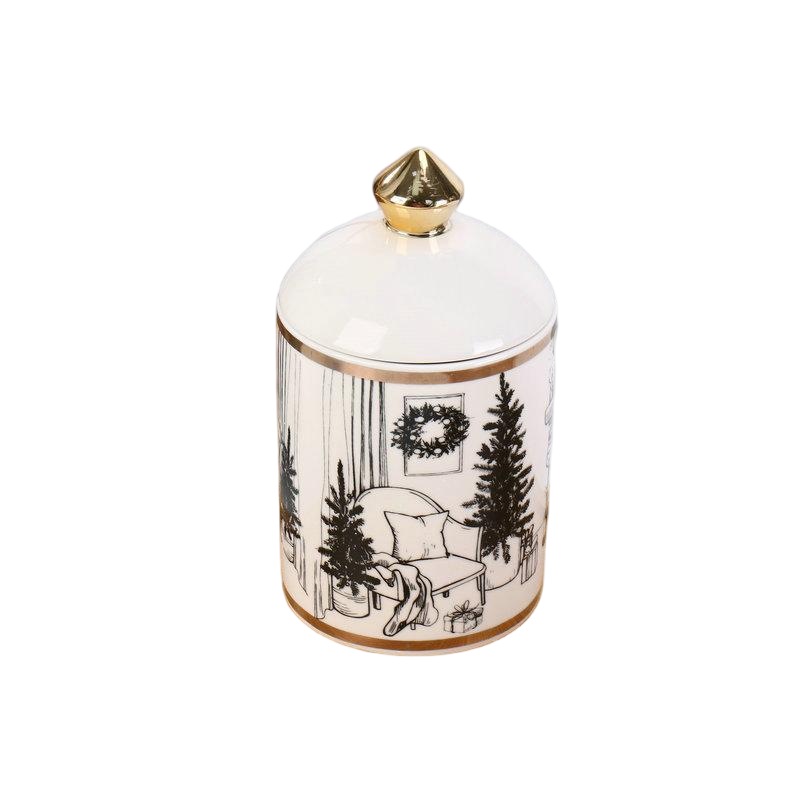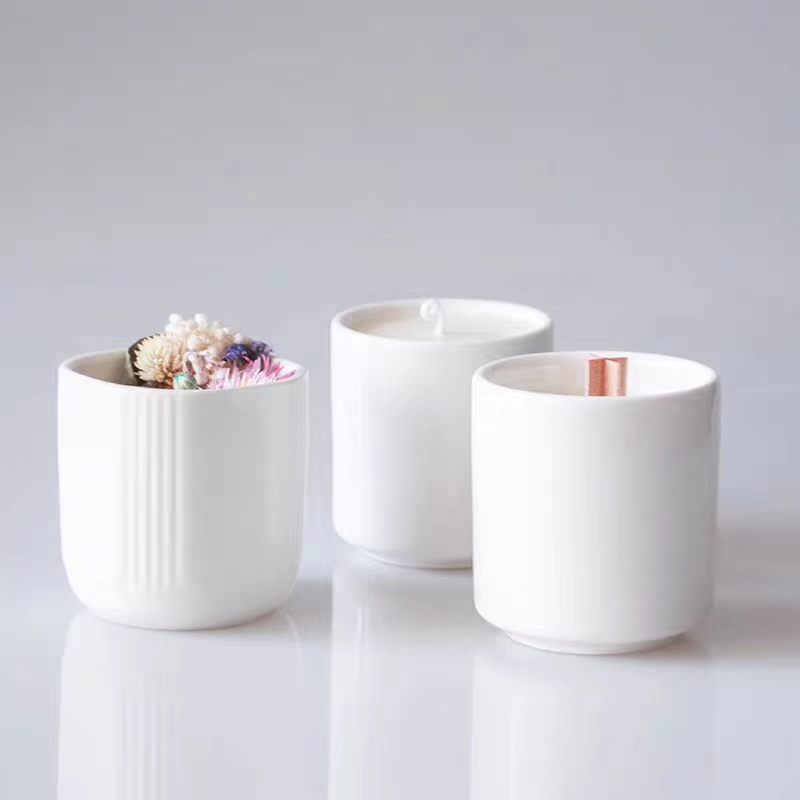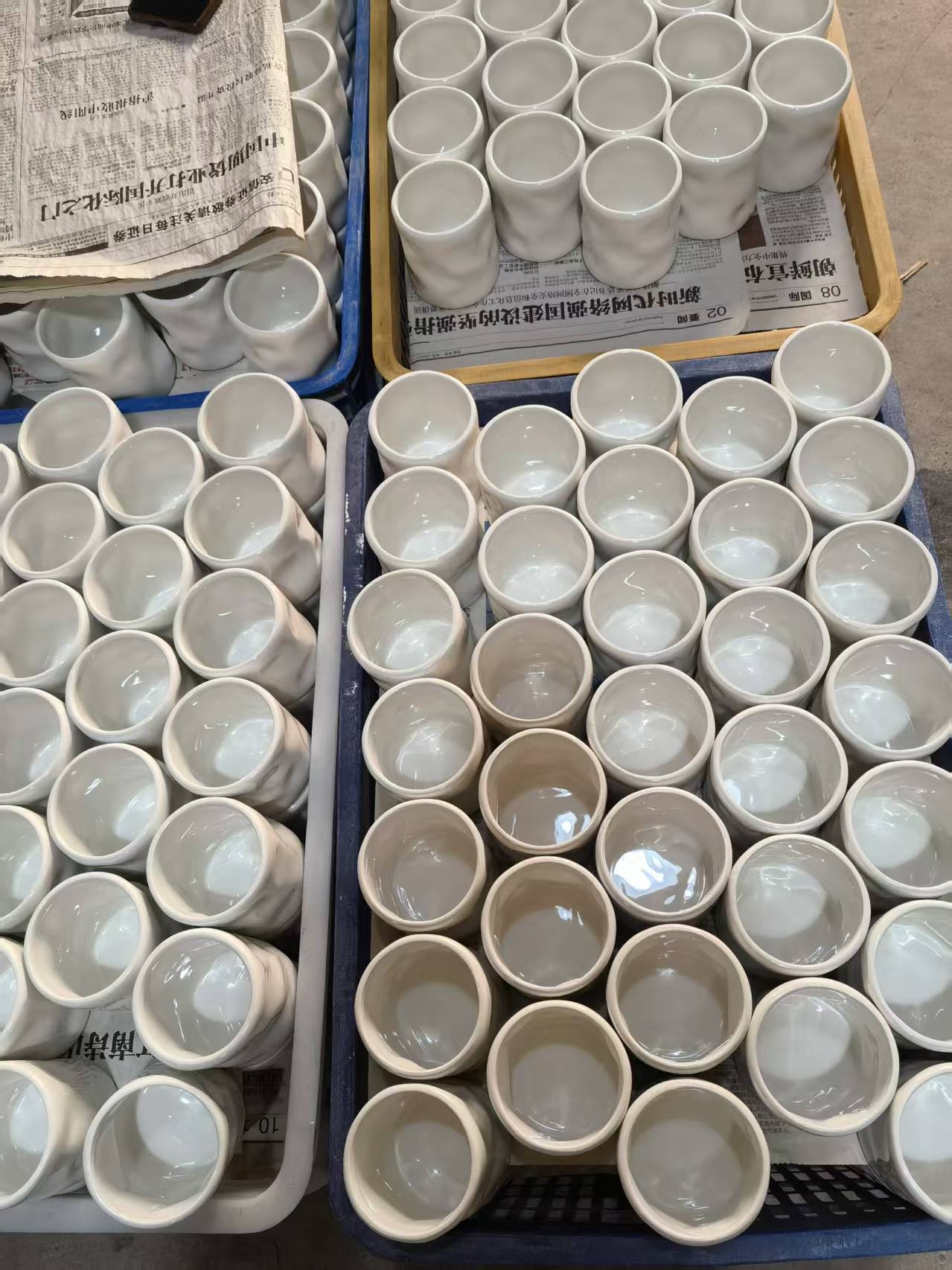Why Do Ceramic Burners Break
Ceramic burners are valued for their excellent heat distribution and durability, but they can still break or fail over time. Understanding the reasons behind ceramic burner breakage can help you prevent issues and make better choices when purchasing new burners.
-
Rapid changes in temperature—such as pouring cold water on a hot burner or sudden high heat—can cause the ceramic material to crack or shatter. Ceramics are strong but can be sensitive to extreme temperature fluctuations1. -
Dropping heavy cookware or accidentally hitting the burner with hard objects may chip, crack, or break the ceramic surface. -
Poor-quality ceramic or improper manufacturing processes can result in weak spots or internal stresses that make the burner more prone to cracking over time2. -
Consistently running burners at maximum heat for long periods can weaken the ceramic, leading to micro-cracks and eventual failure. -
Burners that are not seated correctly or are forced into place can experience stress and break more easily during use3. -
Over years of use, the ceramic may develop small cracks or wear down, especially if not cleaned or maintained properly.
Selecting a quality ceramic burner is essential for safety, performance, and longevity. Here’s what to look for:
-
Material and Construction Quality
Choose burners made from high-grade, heat-resistant ceramic. Check for even, smooth surfaces without visible cracks or defects. Robust construction enhances durability2. -
Opt for burners from reputable manufacturers known for quality control and after-sales support. Reliable brands often offer better warranties and technical assistance2. -
Ensure the burner fits your appliance correctly and is compatible with your intended fuel source (gas, electric, etc.). A proper fit reduces stress on the ceramic and prevents breakage4. -
Look for features like flame failure devices, overheat protection, and proper mounting options to enhance safety and prevent accidental damage24. -
Select burners designed for efficient combustion and low emissions. High efficiency not only saves energy but also reduces the risk of overheating and ceramic fatigue2. -
Research customer feedback for insights on real-world performance, durability, and any recurring issues with specific models4.
-
Avoid sudden temperature changes—let burners cool before cleaning.
-
Use cookware that matches the burner size to prevent uneven heating.
-
Clean burners regularly, but never with abrasive materials.
-
Inspect for cracks or chips and replace damaged burners promptly.
If you want order the good ceramic wax warmer, pls contact with us, we are the high quality ceramic wax warmer company. ceramic wax warmer, contact email





